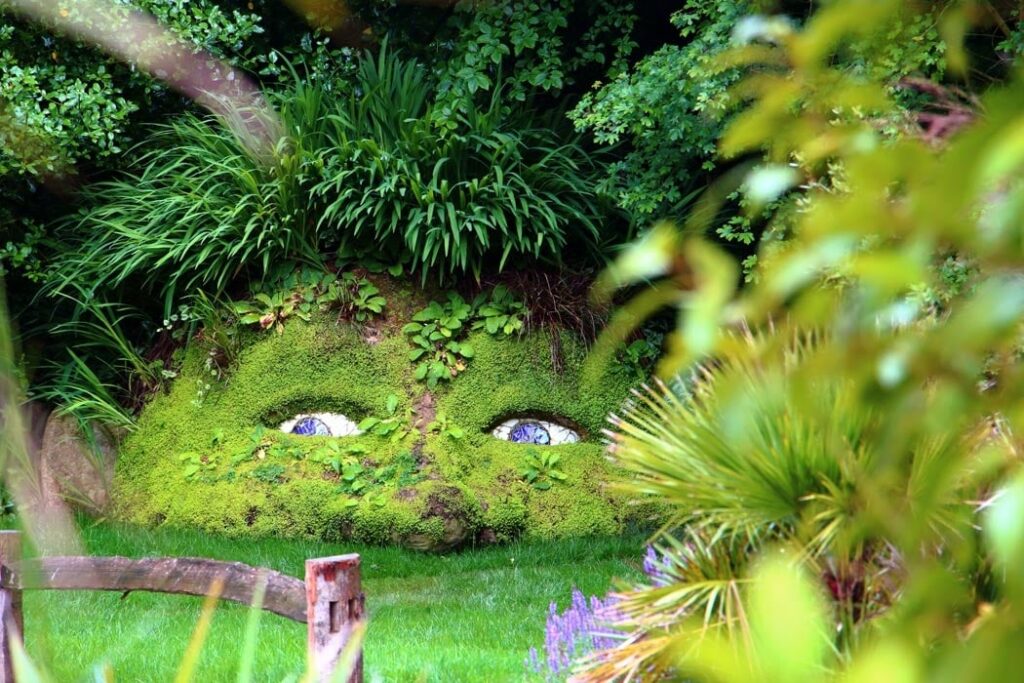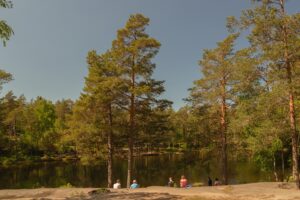The Lost Gardens of Heligan: Cornwall’s Hidden Paradise
Nestled in the heart of Cornwall, The Lost Gardens of Heligan is a mesmerizing blend of history, nature, and horticultural artistry. Once forgotten and overgrown, these gardens have been lovingly restored to their former glory, offering visitors a unique glimpse into the past and a tranquil escape from the hustle and bustle of modern life. Whether you’re a history buff, a nature lover, or simply looking for a peaceful retreat, Heligan promises an unforgettable experience.
What to See
The Lost Gardens of Heligan is a sprawling 200-acre estate, offering a diverse range of attractions for visitors. As you wander through the gardens, you’ll encounter the enchanting Jungle, a sub-tropical paradise filled with towering bamboo, giant rhubarb, and exotic plants. The Jungle’s boardwalks and rope bridge provide a thrilling way to explore this lush environment.
The Victorian Productive Gardens are a testament to the estate’s rich agricultural history. Here, you’ll find meticulously maintained vegetable plots, fruit trees, and glasshouses brimming with seasonal produce. The gardens are a living example of sustainable farming practices, and you might even catch a glimpse of the gardeners at work.
Don’t miss the Pleasure Grounds, where you’ll discover a series of beautifully landscaped areas, including the Italian Garden, the Sundial Garden, and the mysterious Lost Valley. Each area offers its own unique charm and a perfect spot for a leisurely stroll or a quiet moment of reflection.
A Bit of History and Interesting Facts
The history of Heligan dates back to the 18th century when it was the seat of the Tremayne family. The gardens flourished during the Victorian era, but after World War I, they fell into neglect and were eventually forgotten. It wasn’t until the early 1990s that a team of dedicated enthusiasts, led by Tim Smit, embarked on a mission to restore the gardens to their former glory.
One of the most fascinating aspects of Heligan is the discovery of the “Thunderbox Room” in 1990, where the signatures of the estate’s gardeners from 1914 were found etched into the wall. This poignant reminder of the past serves as a tribute to the men who left to fight in the war and never returned.
Heligan is also home to the iconic Mud Maid and Giant’s Head sculptures, created by local artists Sue and Pete Hill. These whimsical earth sculptures have become beloved symbols of the gardens and are a must-see for any visitor.
Getting There and Visitor Information
The Lost Gardens of Heligan is located near the village of Mevagissey in Cornwall. If you’re traveling by car, the gardens are well-signposted and offer ample parking. For those using public transport, the nearest train station is St Austell, from where you can catch a bus or taxi to the gardens.
First-time visitors should plan to spend at least half a day exploring the gardens to fully appreciate their beauty and diversity. Comfortable walking shoes are recommended, as the terrain can be uneven in places. The gardens are open year-round, with seasonal variations in opening times, so it’s a good idea to check their website for the latest information before your visit.
The on-site Heligan Kitchen & Bakery offers a delightful selection of homemade meals and treats, using produce grown in the gardens. It’s the perfect spot to relax and refuel after a day of exploration.
Whether you’re captivated by the history, enchanted by the natural beauty, or simply seeking a peaceful escape, The Lost Gardens of Heligan offers a truly magical experience that will linger in your memory long after your visit.








